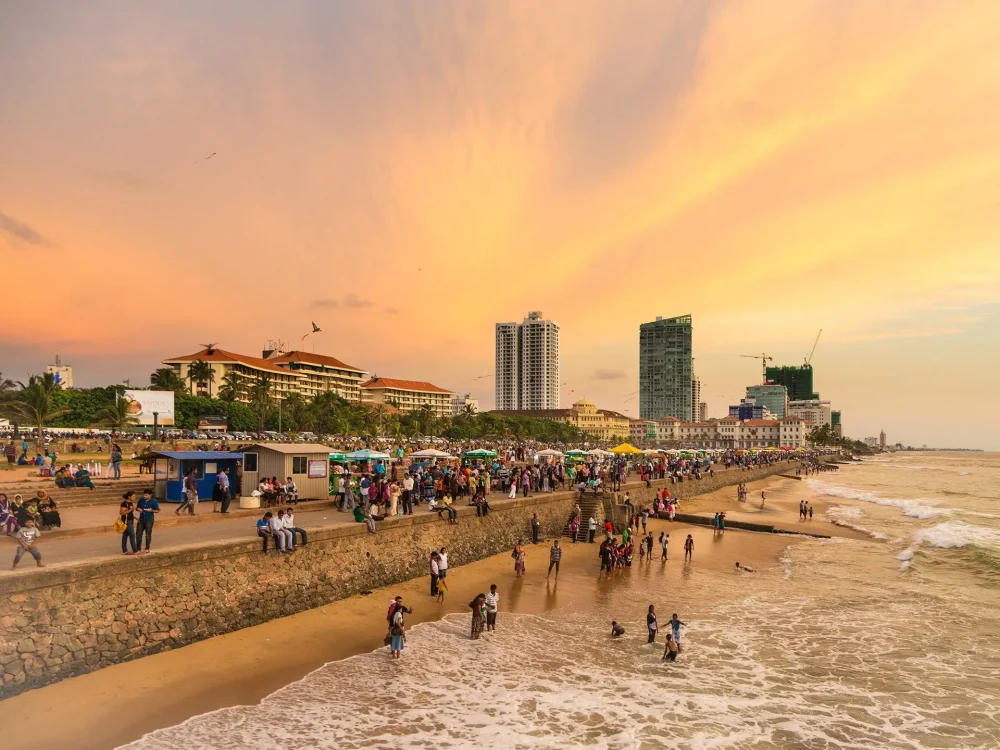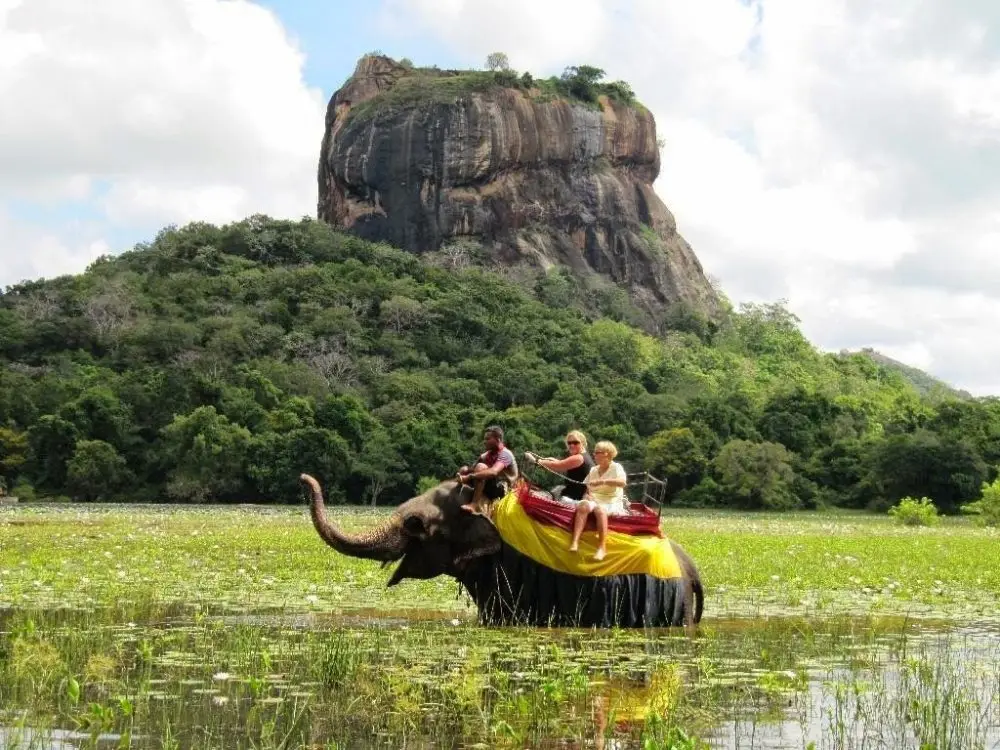Sri Lanka is one of the few destinations in Asia where you can observe marine creatures right off the shore. Ancient beings swim in shallow waters in search of food, calmly interact with people, and sometimes even allow close encounters. A beach with turtles in Sri Lanka is not a fantasy but a very real phenomenon that can be observed in several regions. In this article, you will find precise locations where you can swim alongside these animals, witness egg laying, feed them, and learn more about the island’s nature.
Where in Sri Lanka Can You See Sea Turtles for Free?
The island is home to several species of reptiles. Many of them come close to the shore, especially in the morning and during low tide. However, only specific beaches become regular spots for the appearance of sea creatures. Below is a list of places where your chances of seeing them are particularly high:

- Hikkaduwa (beach near Hikka Tranz);
- Unawatuna – Dalawella area;
- Mihiripenna – secluded area near Unawatuna;
- Tangalle and Rekawa – egg-laying sites;
- Kosgoda – location of a reptile rescue farm.
Each turtle beach in Sri Lanka is unique: some allow you to swim alongside the animals, while others let you witness the exciting moment when a female comes ashore to lay her eggs in the warm sand.
Hikkaduwa – the Most Popular Turtle Beach in Sri Lanka
In the Turtle Beach area, not far from the tourist center of Hikkaduwa, you can observe marine creatures almost daily. Especially in the morning – before 9:00 am – when they come to the shallows in search of seaweed. You can feed turtles in Sri Lanka right here: locals offer seaweed for free, which the animals enjoy.
Local tourists often come with children to show them the animals in their natural environment. It is important to maintain a distance and not touch the reptiles, especially during feeding. The animals here are not an attraction but a part of the ecosystem.
Unawatuna and Mihiripenna: Snorkeling in Crystal Clear Waters
Near the resort area of Unawatuna, on the shore of Mihiripenna, you can swim with turtles just a few meters from the shore. The water is clear, the bottom is sandy, and the depth is up to the waist. Here, you have ideal conditions for observing animals in their natural habitat. Reef inhabitants swim by during the day, especially in the morning and closer to evening.
In the Dalawella region nearby, a similar scene awaits. Here, you can encounter large individuals swimming almost to your feet.
Rekawa – Night Beach and Egg Laying
In the vicinity of Tangalle lies one of the most interesting spots for observation – Rekawa. Regular egg laying occurs here. Reptiles come onto the sand in complete darkness, guided by smell and temperature.
This is not an entertainment event but a natural process that requires respect. Visits are organized through a local reserve: guides accompany tourists, ensuring the safety of the animals and minimizing light. Flash photography is prohibited.
The turtle beach in Rekawa, Sri Lanka, is particularly popular from April to September – during this time, the chances of witnessing egg laying are highest.
Kosgoda – Farm and Rehabilitation Center
For those who want to get closer to marine creatures, there is an opportunity to visit a farm in Kosgoda. It is involved in rescuing injured animals, incubating eggs, and releasing young individuals into the sea. Here, you can learn about the rehabilitation process, see albino turtles, and understand why pollution threatens marine life.
Some volunteers help feed the turtles, care for the hatchlings, and participate in their release. Although the farm is not considered a natural beach, it plays a crucial role in preserving biodiversity.
How to Safely Interact with Reef Inhabitants?
To ensure that observing these symbols of longevity does not become stressful for the animals, it is important to follow certain rules. Below is a brief list of recommendations:
- Do not touch the reptiles with your hands, especially during egg laying;
- Do not stand in front of them in the water – it is better to observe from the side;
- Do not feed them bread, fruits, or fish – only seaweed;
- Avoid noise and sudden movements;
- Do not use flash when taking photos.
Beaches with turtles in Sri Lanka are not shows but encounters with wild nature. Respect for the animals is crucial for their safety and for your experience.
What to Bring for Observation?
For those who dream of spending a day on the shore, observing marine creatures, it is important to prepare in advance.
A snorkeling mask and tube will allow you to explore the underwater world effortlessly, while a waterproof camera will help capture vivid memories. In some spots, you can purchase seaweed for feeding turtles – it is sold by locals and does not harm the animals when used moderately.
It is essential to bring a swimsuit, towel, and sun protection to avoid sunburn. If you plan to swim near the reefs, especially, special footwear is necessary – it will protect your feet from sharp rocks and corals.
This set will make your relaxation comfortable, safe, and enriching both for the traveler and the surrounding nature in Sri Lanka.

Beaches with Turtles in Sri Lanka: Conclusions
Observing marine creatures is one of the most touching experiences the island can offer. Regardless of budget and itinerary, everyone can visit a turtle beach in Sri Lanka, whether it’s a morning swim in Hikkaduwa or a night wait in Rekawa – the two most famous spots where you can encounter these amazing creatures in their natural habitat.
The key is to remember the fragility of the ecosystem. Reptiles are not toys. Respect, attentiveness, and proper behavior will help preserve these encounters in your heart and pass on the experience to others without harming nature!
 en
en  ru
ru  de
de  nl
nl  ar
ar  es
es  fr
fr  hi
hi  it
it  pt
pt  el
el 










